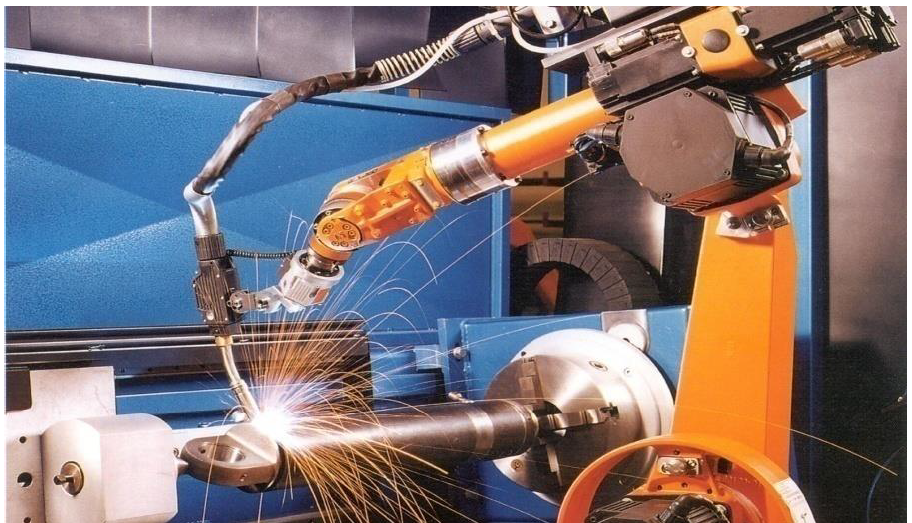Real-time quality control for welding processes
Context
In mechanised applications, welding is performed using pre-set welding parameters in order to obtain a repeatable weld quality. Manufacturing tolerances of upstream operations, such as profile cutting and edge preparation, variation in the chemistry and accuracy of assembly, can significantly affect the quality of the welding operation, which can be challenging and expensive to control.
Measurement systems
In the past decades, a lot of research has been conducted to measure the shape of the weld pool. Various types of optical sensors have been applied to provide real-time monitoring of welding parameters, such as arc length, weld pool oscillation and weld pool size measurement.
The weld pool characteristics provide important information about the weld quality. For example, there is a strong correlation between weld pool width and the degree of penetration in TIG-welding. The weld pool width, volume and position relative to the joint are also important to determine the surface profile of the weld and the likelihood of the presence of imperfections, such as lack of fusion and penetration. High-quality images of the weld pool are essential to detect weld pool deviations and to implement the necessary changes of the welding parameters, in order to maintain the weld quality.
Advantages
- real-time process visualisation, monitoring and quality assurance,
- the process parameters can be adjusted in real-time,
- fast error detection reduces destructive testing and scrap,
- data, images or videos can be stored for quality documentation.
Project goals
The Belgian Welding Institute will start up a research project to demonstrate the feasibility of quality control using systems for inline, real time defect detection during welding.
A new algorithm will be developed to correlate the images with the weld quality, which will be configured to operate with different welding processes; more specific arc welding and additive manufacturing.
Challenges
The main research challenges are:
- developing a very fast integrated measurement system for real-time quality control of arc welding, with the flexibility to perform local (weld pool) and global (full weld/product) monitoring,
- to overcome technological barriers for a very high speed vision system, integrated in real-time for control of arc welding and additive manufacturing, with the flexibility to perform local (weld pool level) and global (weld area level) monitoring,
- to derive relevant high-speed features that capture the dynamics of the weld pool,
- to develop predictive models to correlate the measurements to physical defects,
- to elaborate quality control strategies that will guarantee the quality of the product.
If you are interested in this topic, please contact us using the form below.

